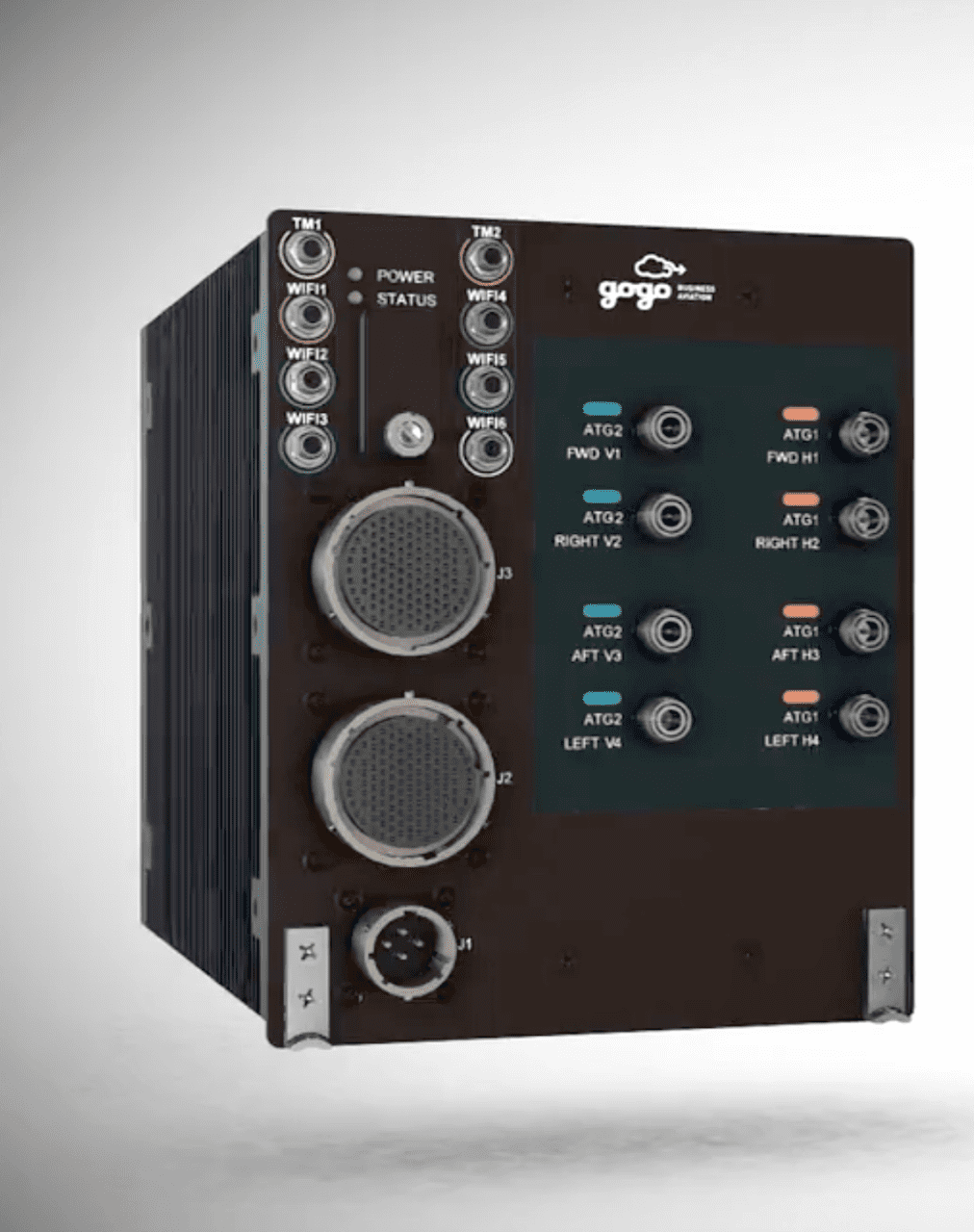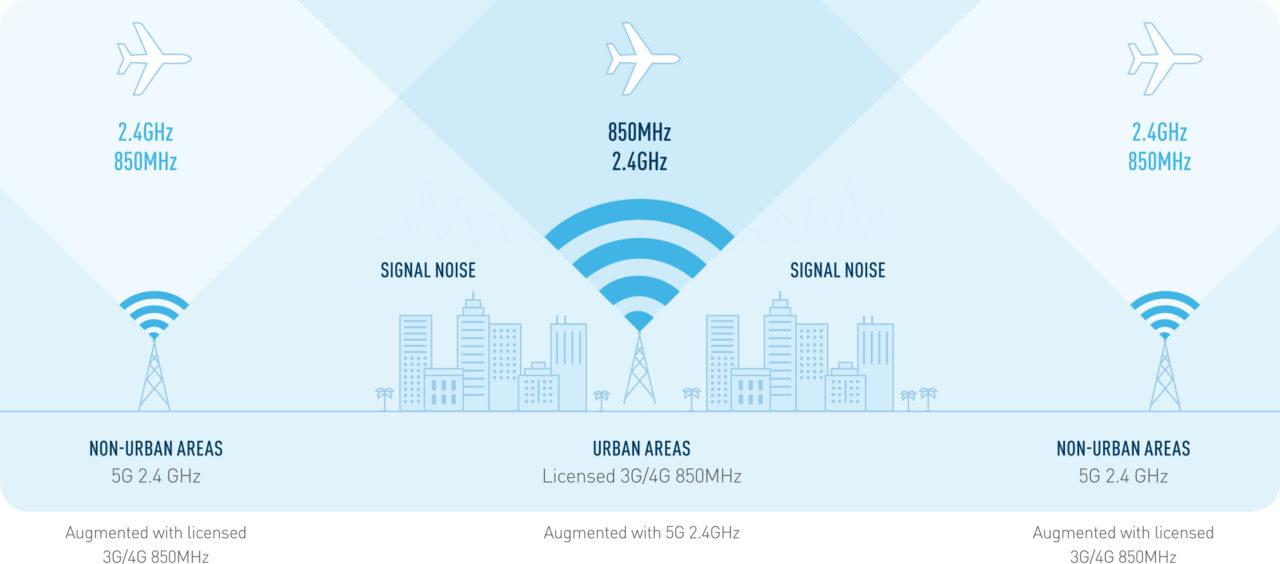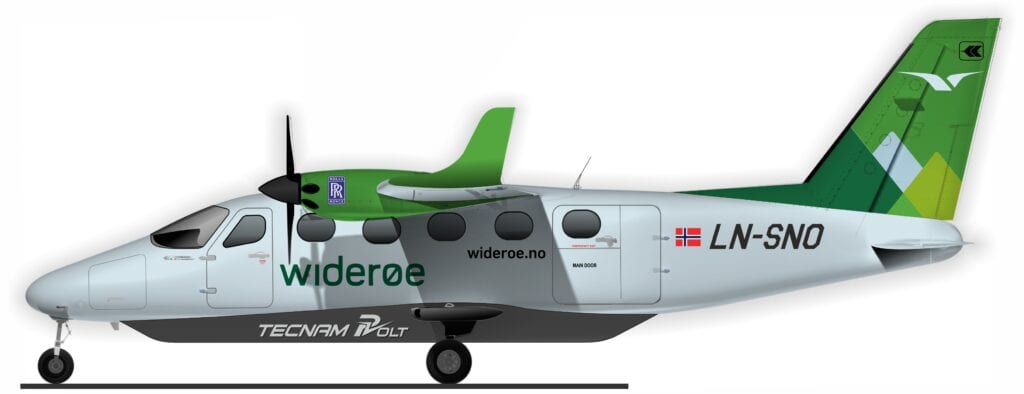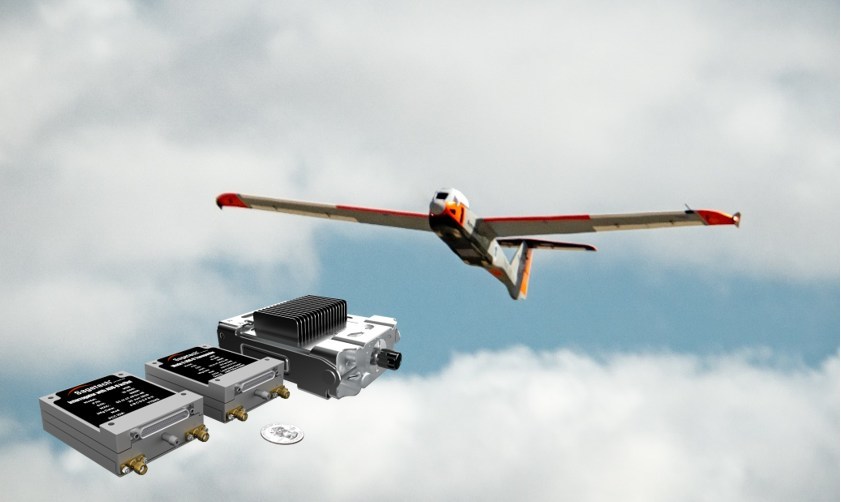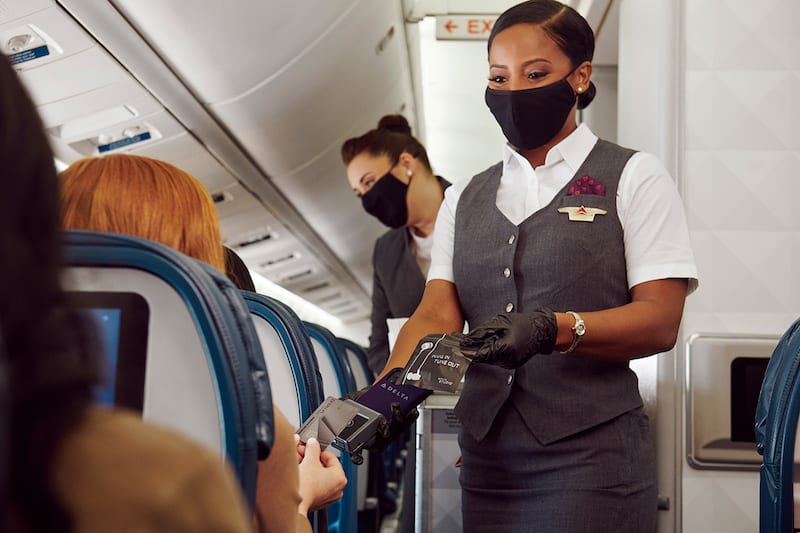
Check out the March 14 edition of What’s Trending in Aerospace, where editors and contributors for Avionics International bring you some of the latest headlines and updates happening across the global aerospace industry.
Commercial
US Aviation Industry Gets Billions in Relief Under New Covid Bill
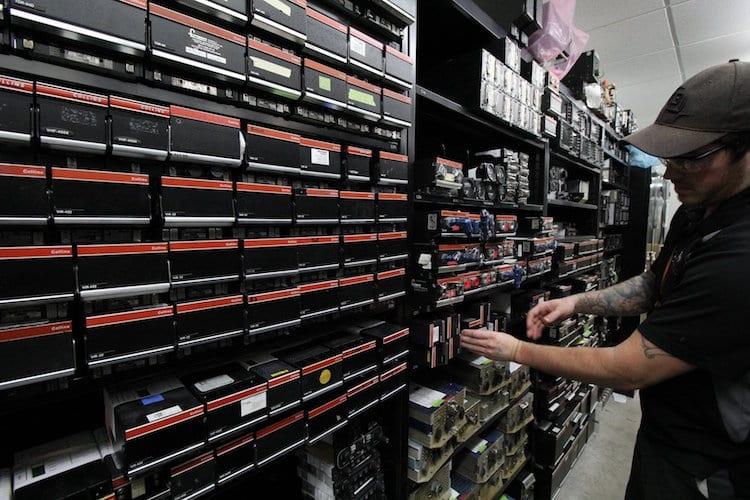
Aftermarket avionics maintenance and repair providers such as Elliott Aviation’s Milan, Illinois facility pictured here, are eligible for payroll support funding under U.S. government’s new $1.9 trillion American Rescue Plan Act. (Elliott Aviation)
U.S. lawmakers passed the $1.9 trillion American Rescue Plan on Wednesday March 10, including billions in government-backed payroll support funding to airlines, airports, aviation manufacturers and maintenance providers.
Provisions within the American Rescue Plan Act establish a $3 billion payroll support program within the U.S. Department of Transportation to provide grants to eligible manufacturers and their suppliers to maintain their workforce during the pandemic, according to a General Aviation Manufacturers Association (GAMA) press release praising the new bill. The temporary program would require cost-sharing of 50 percent by employers and 50 percent by the federal government, and funds would be directed to an eligible employee group comprising not more than 25 percent of the company’s U.S. workforce engaged in aviation manufacturing or maintenance, repair and overhaul activities.
“Over the last year, the COVID-19 pandemic has had a significant impact on the general aviation industry. Some of the hardest hit segments include our manufacturers, maintenance providers, the supply chain and their respective workforces. We appreciate the work done by Congress to help companies and their workers address the challenges they continue to face,” Pete Bunce, GAMA’s President and CEO said in a press statement. “This program will help strengthen our fragile supply chain, keep highly skilled workers in the industry, as well as support some of the smaller companies that need assistance to maintain operations.”
Delta Goes Contactless for In-flight Payments

Delta Air Lines is introducing tap-to-pay technology for onboard passenger purchases.
On March 16, Delta Air Lines will start using tap-to-pay technology to enable contactless payment for onboard purchases. Customers will be able to purchase earbuds on board using their mobile devices or contactless-enabled credit cards, according to a March 10 press release.
Contactless payment will expand to all onboard sales as more food and beverage options are re-introduced. The new system also allows for emailed receipts.
The airline is also testing digital seatback menus on select international flights with plans to expand the feature across its fleet. A new electronic Delta One menu, is also currently accessible via personal seatback screens on Airbus A330 flights.
Qantas Trials New Digital Health Pass on Repatriation Flights
Qantas tested its first customer trial of the CommonPass digital health app on an international repatriation flight from Frankfurt to Darwin last week.
This follows a successful internal trial of the app with the Australian carrier’s flight crew last month. The CommonPass smartphone app offers a digital method for verifying COVID test results and vaccination information to border or health officials and airline staff.
The app connects customers to certified testing labs so that results can be uploaded to the platform and customers can show they have proof of a negative COVID test result before their flight, which is a requirement on all repatriation flights Qantas is operating on behalf of the Australian Government.
“During the trial, customers traveling on our international repatriation flights are being invited to download the CommonPass app on their device. Longer term we’d like to integrate the technology with our existing Qantas app so that our customers can manage all parts of their journey in the one place,” Qantas Group Chief Customer Officer Stephanie Tully said in a press statement.
FAA Extends Comment Period on Noise Research to April
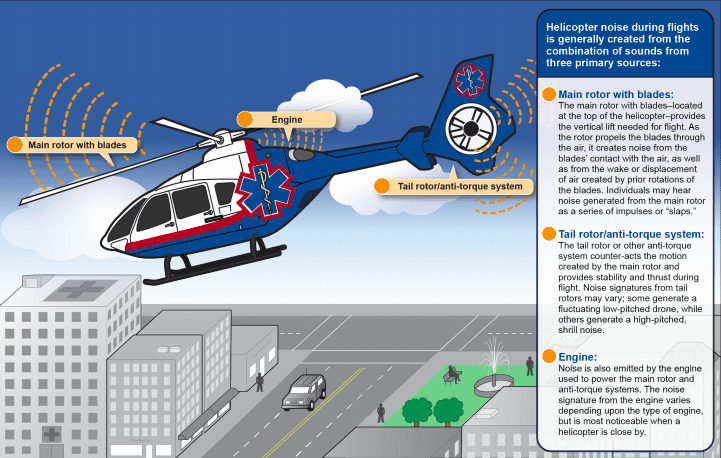
Sources of noise during helicopter flights. (GAO)
The comment period for the Federal Aviation Administration’s (FAA) aircraft noise research will continue until April 14, 2021, the agency announced in a March 11 press release.
The FAA is conducting research on how aircraft noise affects the public. One effort, known as the Neighborhood Environmental Survey, looked specifically at how communities responded to noise and included over 10,000 responses from people living near 20 airports, according to the release.
Included in their notice to extend the public comment period, FAA included the results of a survey with responses from over 10,000 people living near 20 airports across the country.
The agency has identified three key areas to investigate further on the impact of aircraft noise on the general public:
- Effects of Aircraft Noise on Individuals and Communities;
- Noise Modeling, Noise Metrics, and Environmental Data Visualization; and
- Reduction, Abatement, and Mitigation of Aviation Noise?
Widerøe Joins Rolls-Royce and Tecnam Partnership to Launch All-Electric Aircraft Service
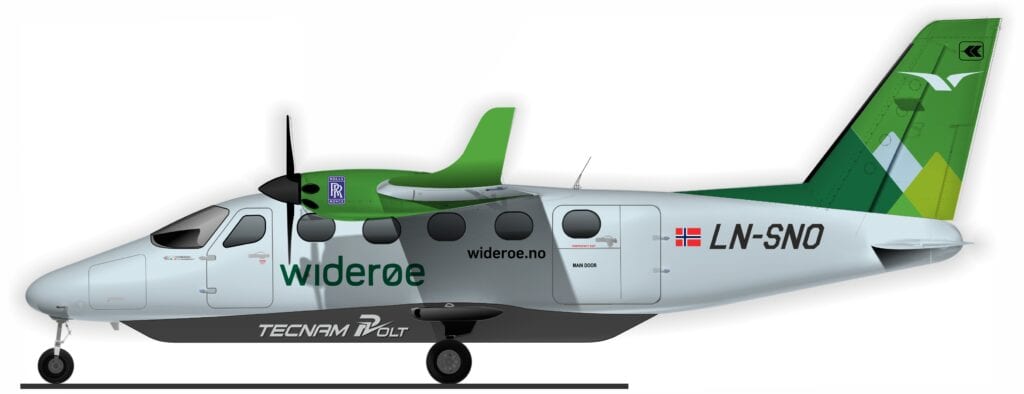
Rolls-Royce and Tecnam have an existing partnership to develop the P-Volt, an 11-seat all-electric aircraft, which could be advantageous for short take-off and landing routes often traveled on the north and west coasts of Norway. (Rolls-Royce)
Rolls-Royce, Tecnam, and Widerøe are partnering to launch an all-electric passenger-carrying aircraft for the commuter aircraft market in Scandinavia, according to a March 11 release. The aircraft is projected by the three companies to start commercial service in 2026.
“We are highly excited to be offered the role as launch operator, but also humble about the challenges of putting the world’s first zero-emissions aircraft into service,” Andreas Aks, chief strategy officer at Widerøe, said in a statement. “Our mission is to have all new capabilities, processes and procedures required for a zero-emissions operator, designed and approved in parallel with the aircraft being developed and certified.”
Norway has committed to making all domestic flights zero emissions by 2040. Widerøe alone flies 400 flights per day, 75 percent of which are less than 275 km, according to the release.
“Norway’s extensive network of short take-off and landing airports is ideal for zero-emissions technologies,” Stein Nilsen, chief executive at Widerøe, said in a press statement. “This aircraft shows how quickly new technology can and will be developed, and that we are on track with our ambition of flying with zero emissions around 2025.”
Business and General Aviation
King Air 260 Earns FAA Type Certification
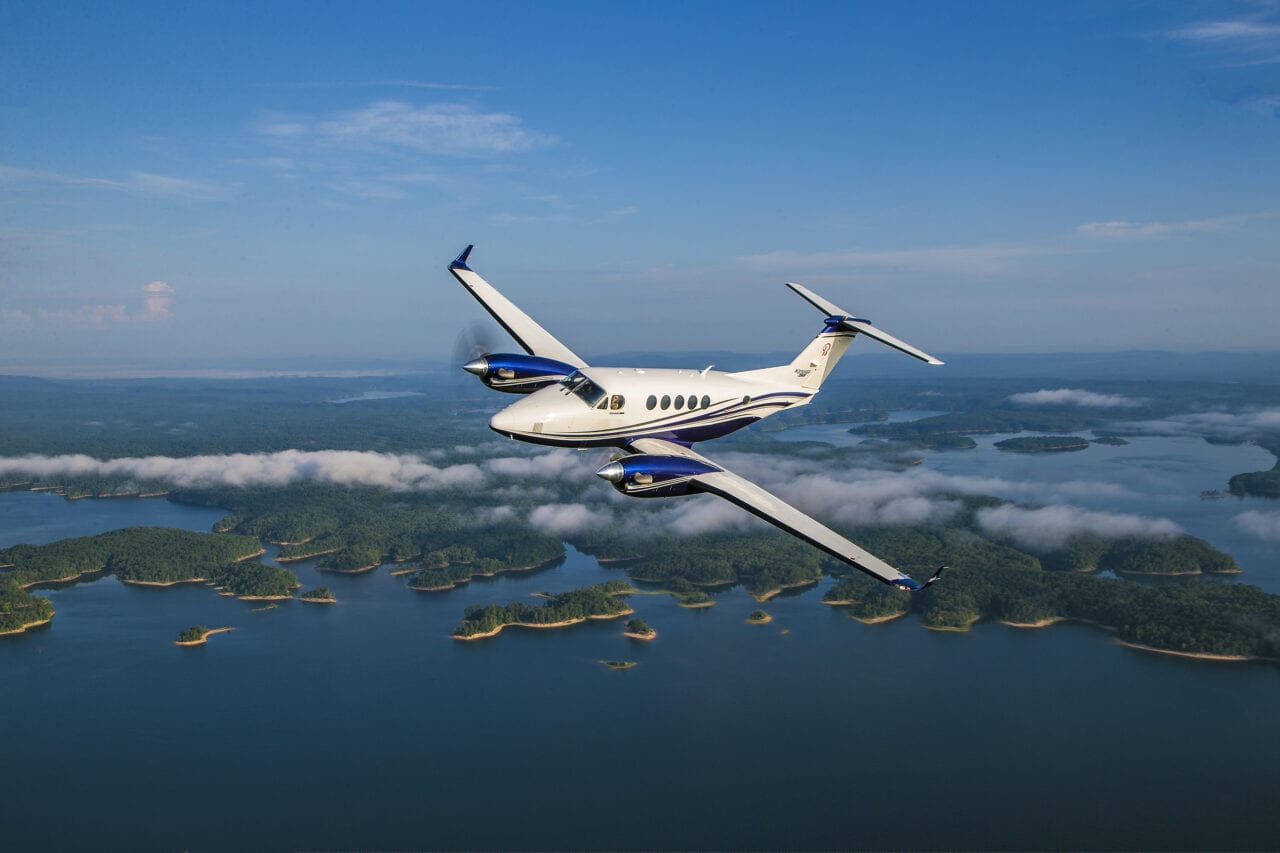
Textron Aviation’s Beechcraft King Air 260 achieved FAA type certification last week. (Textron Aviation)
Textron Aviation’s Beechcraft King Air 260 has achieved Federal Aviation Administration (FAA) type certification, according to a March 10 press release.
The Wichita, Kansas-based general aviation manufacturer’s upgraded turboprop features a new cockpit with the Innovative Solutions & Support (IS&S) ThrustSense Autothrottle system and digital pressurization controller among other technologies.
“The continual conversations we have with our customers play an integral role in the decisions we make about the design of new aircraft, as well as enhancements to our existing fleet,” Chris Hearne, senior vice president, Engineering and Programs for Textron Aviation said in a press statement. “With the King Air 260, we utilized that valuable feedback and truly elevated the flying experience for both pilots and passengers. And now, with certification complete, we are looking forward to getting the King Air 260 into the hands of so many eager customers.”
Military
Aerojet Rocketdyne Shareholders Approve Deal With Lockheed Martin

Aerojet Rocketdyne’s stockholders have approved the $4.4 billion sale of the company to Lockheed Martin, clearing a hurdle on the deal that is still expected to close in the second half of 2021. Lockheed Martin announced the deal in December, and said it will lead to better integrated end products and improved manufacturing,
The transaction still needs federal antitrust approval.
The pending deal is getting scrutinized by the federal government. In February, Lockheed Martin said the Federal Trade Commission had requested additional information about the acquisition as part of the regulatory review.
F-35 Flies in Denmark
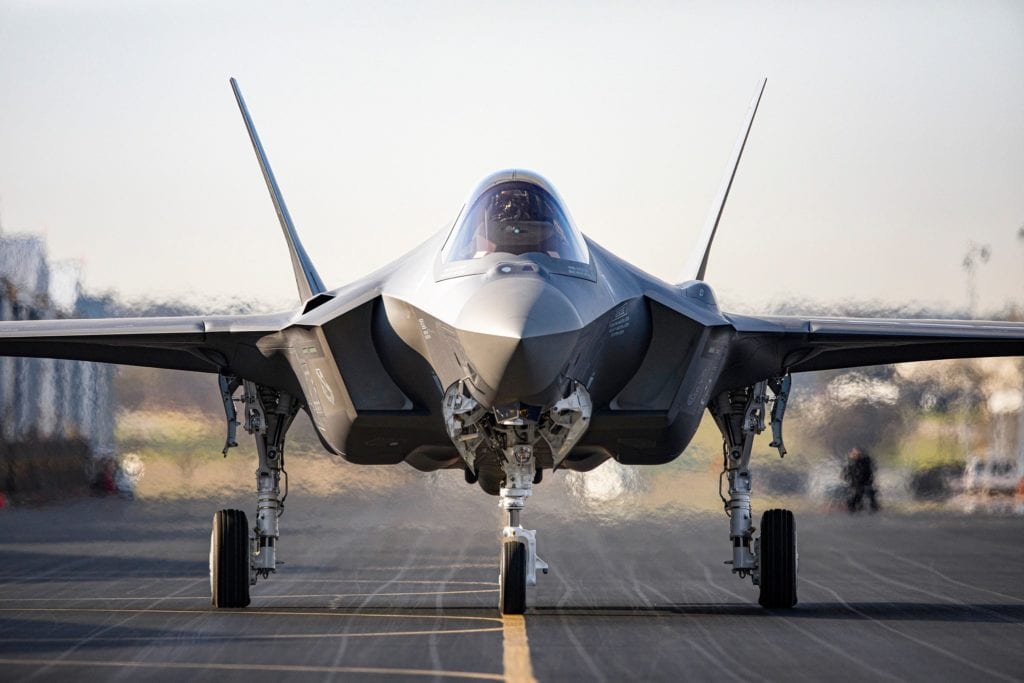
Denmark’s first F-35 Lightning II, L-001, took its inaugural flight this week, Lockheed Martin announced in a March 10 press release. Denmark is the fifth NATO nation to fly the aircraft.
“Achieving the first flight of Denmark’s first F-35 is major milestone for the Denmark F-35 program and a testament to the outstanding abilities of our dedicated and highly trained joint industry and government team,” Bill Brotherton, acting F-35 vice president and general manager at Lockheed Martin, said in a statement. “This team’s focus on delivering the most effective, survivable and connected fighter in the world will ensure the sovereign protection of Denmark and strengthen allies and partners through the NATO F-35 coalition.”
The Royal Danish Air Force will receive L-001 in April and pilot and maintainer training will take place later in 2021 at Luke Air Force Base in Arizona, according to the release.
Collins to Provide Avionics Logistics for Royal Netherlands CH-47F Fleet
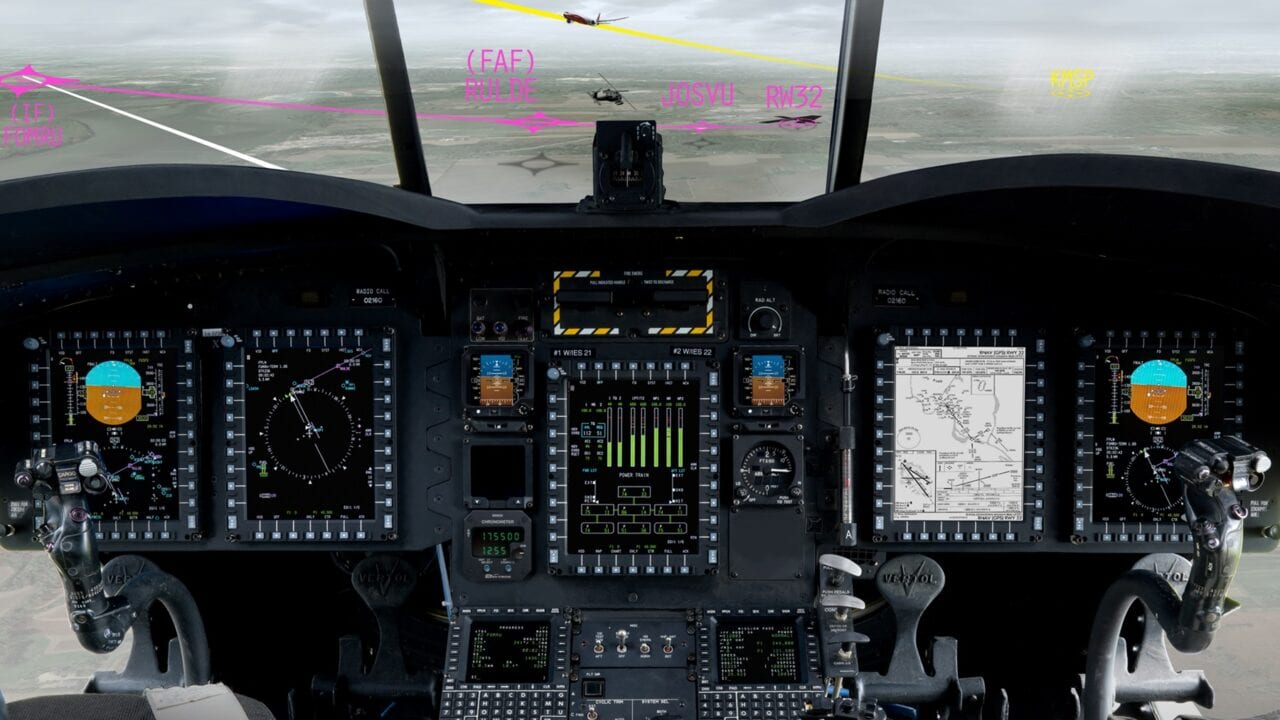
Under a new multi-year performance-based logistics contracts, Collins Aerospace will provide avionics support for the Royal Netherlands Air Force’s (RNLAF) fleet of 15 CH-47F Chinook helicopters.
Collins Aerospace will provide field service engineering, program management, logistics service and repair and overhaul for the Common Avionics Architecture System (CAAS) components installed on the aircraft at the Gilze-Rijen Air Base, in the Netherlands.
Army Tests SC2 on UAV
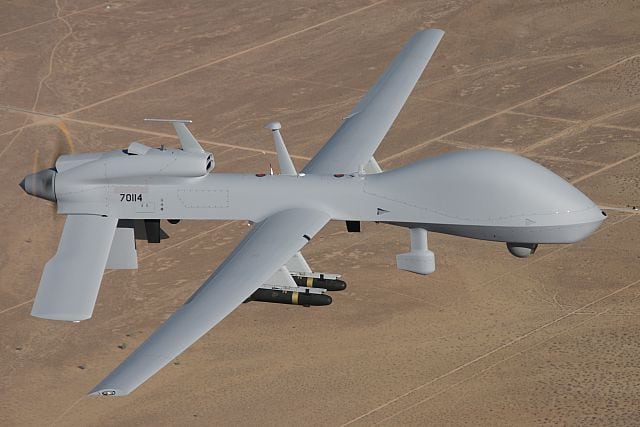
The Army conducted the first acceptance test procedure (ATP) flights for General Atomics Aeronautical Systems, Inc.’s (GA ASI) scalable command and control (SC2) software, according to a March 10 release. The flight tests were conducted on GA ASI’s Gray Eagle Extended Range (GE-ER) unmanned aircraft system (UAS).
“SC2 represents a massive reduction in emplacement, mission launch time and overall footprint size,” GA-ASI Vice President of Strategic Development J.R. Reid said in a statement. “The SC2 software could be part of the Army’s Ground Modernization plan replacing the Universal Ground Control Station (UGCS) with rugged laptops and tactical servers enabling more mobile operations in a defined Modular Open Systems Approach (MOSA) framework.”
SC2 was installed on an Army laptop and was able to successfully complete all test points during the 3.8 hour test flight, according to the release. The software operates autonomously while still allowing operates to take over when necessary which the Army refers to as supervised autonomy. It also meets MOSA standards.
PrecISR Passes Factory Acceptance Test
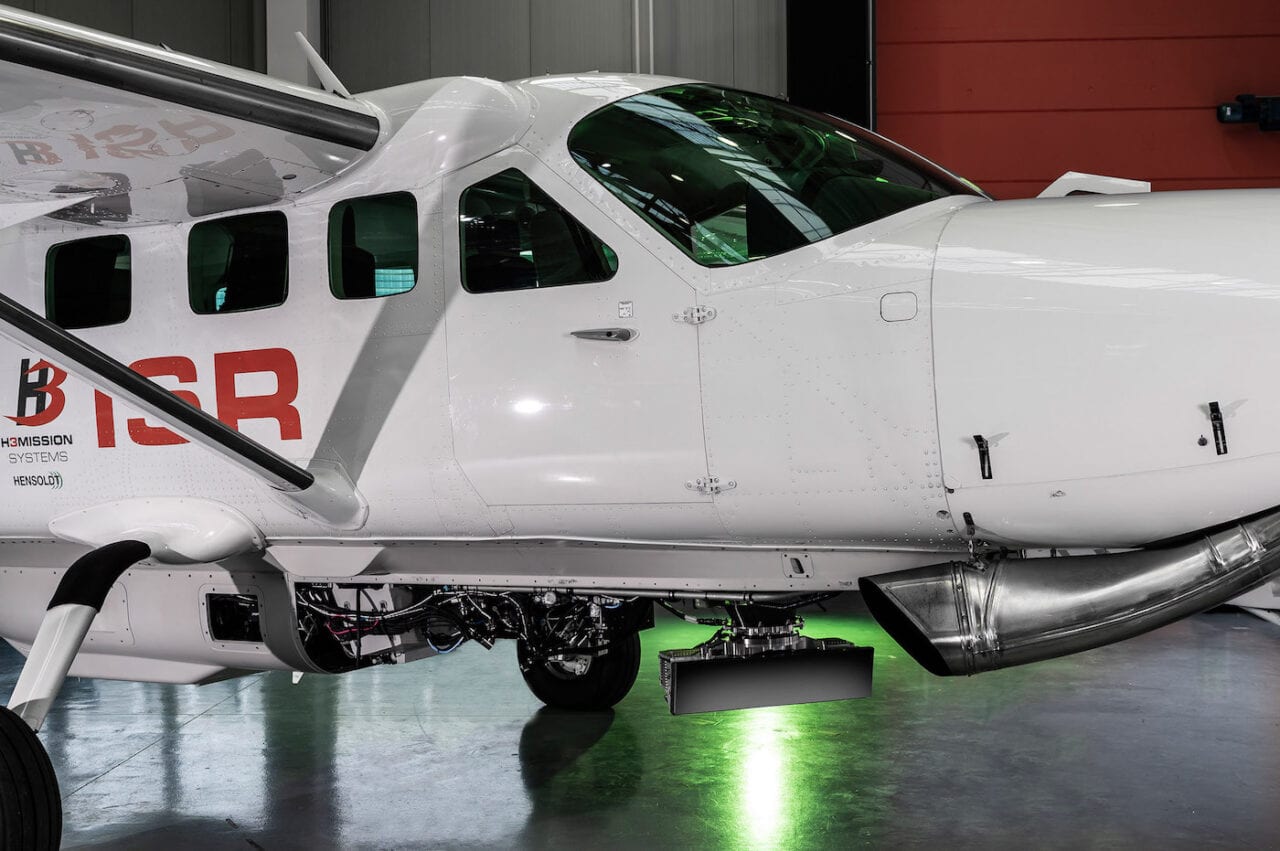
HENSOLDT’s airborne multi-mission surveillance radar, PrecISR, pass the Factory Acceptance Test, according to a March 10 release from the company. PrecISR will be used on the Pilatus PC-12.
HENSOLDT’s radar can be used on helicopters, unmanned aircraft vehicles (UAVs), and fixed-wing aircraft and can complete different tasks at the same time, according to the release. It has a compact design with software-defined modes, and electronic beam steering.
Unmanned
Remote ID for UAS Delayed Until April
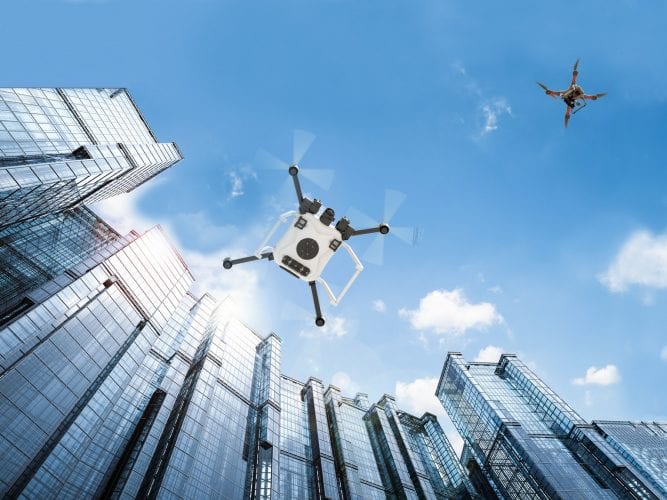
While waiting for implementation of remote ID, many UTM providers are working with airspace awareness partners to include and distinguish non-cooperative drone traffic in their common operating picture.
The final rule Remote Identification (Remote ID) for unmanned aircraft systems (UAS) is delayed until April 21, 2021 because of a January memorandum from the assistant to the president and chief of staff calling for a regulatory freeze so the new administration can review new or pending rules. The delay was announced in a March 10 press release.
While a delay often reopens the comment period for a rule, the Federal Aviation Administration (FAA) will not be accepting further comments.
“A delay in the effective date of the final rule, Remote Identification of Unmanned Aircraft, is essential for the President’s appointees and designees to have adequate time to review the rule before it takes effect, and neither the notice and comment process nor the delayed effective date could be implemented in time to allow for this review, thereby making notice and comment impracticable,” the rule states. “In addition, notice and comment on this delay is unnecessary because the delay is short, the effective dates remain aligned with the Operation of Small Unmanned Aircraft Systems over People final rule, and there is no change to the policy effectuated by the Remote Identification of Unmanned Aircraft final rule. This delay is insignificant in its nature and impact, and inconsequential to the regulated community and to the public.”
The post What’s Trending in Aerospace – March 14, 2021 appeared first on Aviation Today.
Check FastApn access for commercial satcoms at Fastapn
Flytlink – Avionics, Satcom’s and IFE Consultants























